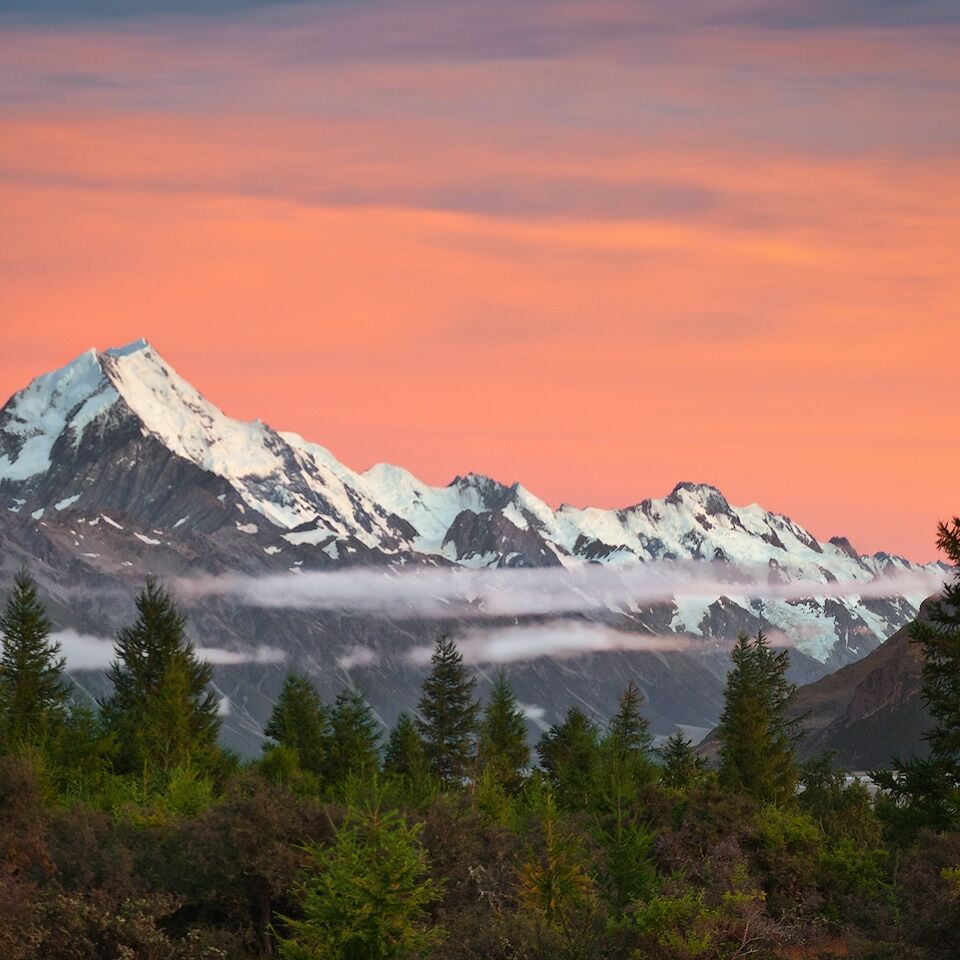On 27th of December 2011 a severe case of human ignorance caused a fire in Chile’s Parque Nacional Torres del Paine. Within a few days more than 15.000 hectares of native forest, brushland and steppe fell victim to the flames and the inferno put the park’s wildlife at serious risk. Once again irresponsible tourist behaviour had lead to an environmental catastrophe in one of the most beautiful and most vulnerable areas of the world.
When I first read the news about the fire I was deeply shocked. Of all the places I had visited during my travels, Torres del Paine had been among my favorites. Soon, as more details about the incident and the dimensions of the inferno popped up, my shock turned into anger. Actually, I was really upset! It was not only the fact, that human presence had caused severe damage to the park’s environment. What concerned me the most was, that the fire had been caused by a young traveler, one of the park’s many young visitors, who gather from all around the world to experience pure and pristine nature. You would expect, that people who are willing to travel thousands of kilometers to get to a place like Torres del Paine would carry a certain amount of respect for nature, or at least some knowledge about the consequences of lighting a fire in one of the windiest places on earth. Obviously, some of the blind followers of their guidebooks don’t – nature, and the ones with true passion for it have to deal with the consequences.
The full ecological impact of the fire is yet to be seen. Luckily lots of the bigger mammals inhabitating the park, like guanacos or pumas, are vigilant and fast. Most of them escaped the flames and the small population of the endangered huemul deer was protected by rivers and firefighters. But unfortunately the fire destroyed the ecosystems of many small mammals, amphibians and insects which could not escape the inferno. Their habitat burned down to ashes and the park’s rugged, windswept terrain provides no ideal ground for rapid regrowth. Although some of the vegetation is relatively fast growing, past fires in Torres del Paine have shown that it’s going to take decades until the forest will have fully recovered.
Tourism was, and will continue to be, suffering from the fire as well. Hundreds of tourists had to be evacuated during the fire. The park was closed completely for days and consequently lots of tourists cancelled their planned vacations. Even when we arrived at the park almost two months later, parts of the park had still not been fully reopenend. The free, unguarded campsites were all shut down and hordes of tourists crowded the remaining facilities making our stay far less enjoyable. My photographic consequences? The shot above. The sad truth. In black & white.
Parque Nacional Torres del Paine
XII Región de Magallanes y de la Antártica Chilena
Patagonia
Chile
Canon EOS 5D Mark II
Canon EF 17-40mm f/4L USM @ 19mm
ISO 100, f/11, 1/60
Gitzo GT1541T
10. March 2012
Day
www.thetravelworld.com – info about the park and the fire
www.disastercharters.org – image of the affected area as of January 7, 2012
If you have read this article because you are planning to go to Torres del Paine (or any other wilderness area) and have no experience in staying outdoors, please make yourself familiar with the seven principles of Leave no Trace.
Related Posts
The Walls of Huayhuash
24/05/2017
Red Dawn
02/05/2013
Morning Stroll
01/05/2012
Fitz Roy on Fire
06/06/2011
Related Posts
Seasons Change
21/03/2021
Himalayan Twilight
22/04/2013
Apricot Sunrise
24/02/2013
Beached Jewel
22/10/2012








